|
It wasn't original when Shakespeare put on the show. But a person has to wonder how many –– so many! –– different ways can storytellers present that sad tale of star-crossed lovers... The kids can be members of rival gangs in Spanish Harlem, they can be old people, they can be soldiers. Maybe they survive and have a happy ending. Maybe they burst into spontaneous song and dance. Perhaps Romeo and Juliet work at the same diner. They can be a dog and a cat, they can be, oh hell, garden gnomes, or, surprisingly good in a novel as a zombie and a warm-blooded girl. Creativity isn't about creating something from nothing. It's like recombinant DNA, picking up a little bit of this and merging it with a little bit of that. Sometimes you get an awkward chimeric failure, other times, a handsome mule of a hybrid. Which plots (or songs) prove most inspirational? That's a whole other question.
0 Comments
In the words of Natalie Goldberg, "It is odd that we never question the feasibility of a football team practicing long hours for one game; yet in writing we rarely give ourselves the space for practice." She goes on, in Writing Down the Bones, to explain that it's not important what a writer writes but that she does. In this spirit of writing about any old thing –– here's today's writing prompt. Story 1: Contra dance
She suspected that he might be a rather closer relation than she would hope. Her parents' generation being all free love and hey-diddle-diddle. How squalid it seemed to her. And these country dances, honestly ––! The sawing fiddle music with the caller sending dancers hopping and whirling before they'd even had the chance to make their introductions. Oh well, she thought, you had to join in or risk offending. When in Rome and all that. Story 2: Private Investigator Indoor dog out for a rare jaunt on the town. Street-smart but not out looking for trouble. Unexpected hint of asparagus. Flea powder not a week gone by. Lives with a cat (short-haired) and at least one child under 5. Castrated, poor bastard. Story 3: Seeing Eye Miguel could see only a little any more, cataracts shading every beam of light. Even in the piazza in the blazing sun, objects in shade were indistinguishable from the shade itself. Everything in the sunshine a blur in the sea of blurred light. Now more than ever, his was a black-and-white world. He had been making his way to Bertillo's kitchen door, the scent of sausage cooking reeling him across the sidewalks, when his path was blocked. It was one of the rambunctious youngsters who roamed the town, yapping at trucks and pissing on everything. Miguel couldn't remember the name, but thought it was one of his sister's grand-kids. A bunch of them wandered this part of town, tough and springy and full of bark, but raised right. They knew to respect their elders. It was a comfort to Miguel to know that when he was a young punk, he'd never shown a tooth to the old aunties and uncles sunning their old bones on these same pavement stones. Full circle, that's what it was. Now, that sausage... Walking along the road frontage of the Would-Be Farm early this spring, Mr. Linton and I both noted the willow twigs littered along the berm. We idly kicked them into the ditch. I was thinking about how willow is the source of aspirin, and about willow whistles, and the phrase "wearing the willow" as an old-fashioned euphemism for mourning. In vain, I tried to remember the name for the maiden goddess associated with willow. We reached the far end of our walk and then returned over the same stretch of road. Again with the willow branches.
I had been hearing the pattering sound but hadn't paid attention. There it was: a porcupine with the springtime munchies, plowing through the sweetest and juciest bits of the tree, raining his discards at our feet.
"I thought it was from a big truck," I said, not bothering to explain farther. In Tampa, it's a neighborhood hazard: delivery trucks often knock branches down from the overhanging oaks. "Not many of them around here," he answered, referring to the trucks, not the oaks. Unarguable fact. I'd seen a yellow Schwann's truck on the Would-Be farm's nearest road. Once. We pondered the underparts of the continent's second-largest rodent for a long, companionable moment. The porcupine never stopped grazing, using a clawed forepaw to direct a twig toward his mouth. A bite or two later and the twig separated from its branch and slipped through the animal's paws. Seemed like a waste –– all those pieces of tree littered about –– but then willows will easily grow from a downed branch. Maybe it was a favor the porcupine was doing for the tree. He was eating not just for himself in the springtime moment, he was eating for his future and his progeny, and for the future of willow trees.
I remember carefully inking in the item number and the size on the paper order form from Miller's. I'd been wanting them for ages, but it took a while to save up the money. I toted up the column of price, tax, handling, and wrote the check.
I used them at fancy-scmancy riding lessons in New Jersey's horse country (It does so have a horse country).
They moved with me to Florida, where they once carried me fleetly away from the kicking feet of a pair of mustangs who were –– as I learned –– not even remotely green-broke, no matter what the barn owner had promised. Alas. I recently went to put them on.
Ye gods and small fishes! –– my wardrobe migrated from "funky," skipped "vintage," to whizz directly to "antique."
There are many things I don't know, but economic history is close to the farthest edge of my solar system. (In strict honesty, let me admit that I also didn't know that Louis Sherry sold more than chocolate and ice-cream, and those things circle my sun pretty closely.) Luckily, Mary not only has a PhD in the topic, she is an impassioned and delightful storyteller. To paraphrase (and probably confabulate some details), it goes something like this:
The good news for the country's eventual financial stability is that this panic led pretty smartly to the foundation of the Federal Reserve System. And even I know that the Fed is the central bank that sets interest rates and money reserves and government securities.
A quick poke around the interwebs shows me that Louis Sherry's was one of the most exclusive restaurants in those halcyon New York years before the first World War. In the same stratum as Waldorf's and Delmonico's. There was even a very deluxe 5th Avenue building for the restaurant, designed by the Sanford White (he of Girl in a Red Velvet Swing and Ragtime fame). After Prohibition and the rise of Bolshie waiters who just wouldn't do the work, these fabulous New York eateries faded or geared down. Louis Sherry himself turned back to his confectionary shop, which makes chocolates even now. Mr. Linton keeps saying "There's a fungus among us," while we work on inoculating logs. My inner pun-generating machinery seems to be missing a cog, because all afternoon it's been hanging up on the near-relation of toadstool to footstool, shrooms to looms, shiitake and sciatica.
The process seems pretty straightforward: shiitake mushrooms love hardwood, and while we could get a chipper and grow mushrooms in a sterilized chipped-wood substrate, why not just inject a chunk of wood with "seed"? Background info: living wood has a degree of anti-fungal protection, which is why dead tress are the ones really covered in mushrooms.
Will the apple log produce sweeter shrooms than the maple? Will bitternut finally find its ideal job on the farm? Stay tuned for these and other developments...
Each plug of spawn was topped with dollop of parafin wax (to keep moisture in and contaminants out). hen the log was filled and sealed, it went to a damp, shady corner of the farm to let the fungi do its collective thing. We might see the first mushrooms sprouting as soon as the end of this summer.
A more realistic prediction is that the colony should be ready to start fruiting next summer. If the literature is correct, these logs should produce shiitake mushrooms for three to five years. Mushroom soup, anyone? |
About the Blog
A lot of ground gets covered on this blog -- from sailboat racing to book suggestions to plain old piffle. FollowTrying to keep track? Follow me on Facebook or Twitter or if you use an aggregator, click the RSS option below.
Old school? Sign up for the newsletter and I'll shoot you a short e-mail when there's something new.
Archives
June 2024
Categories
All
|
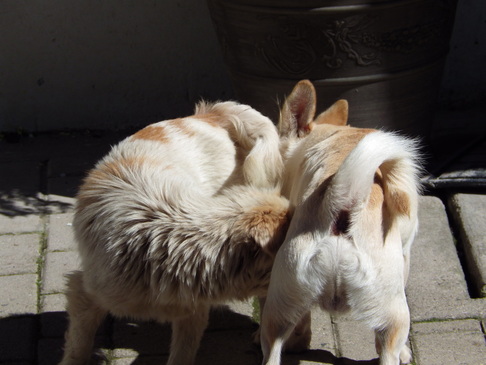
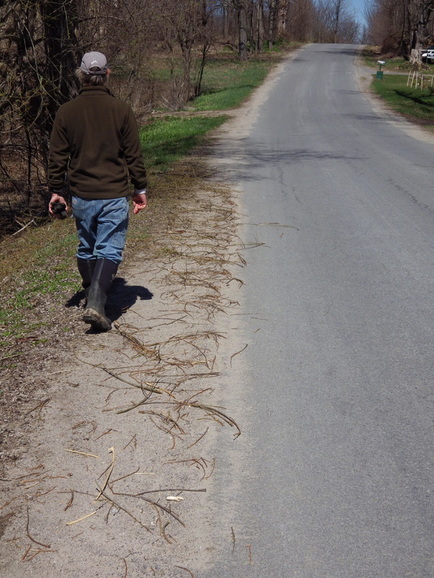
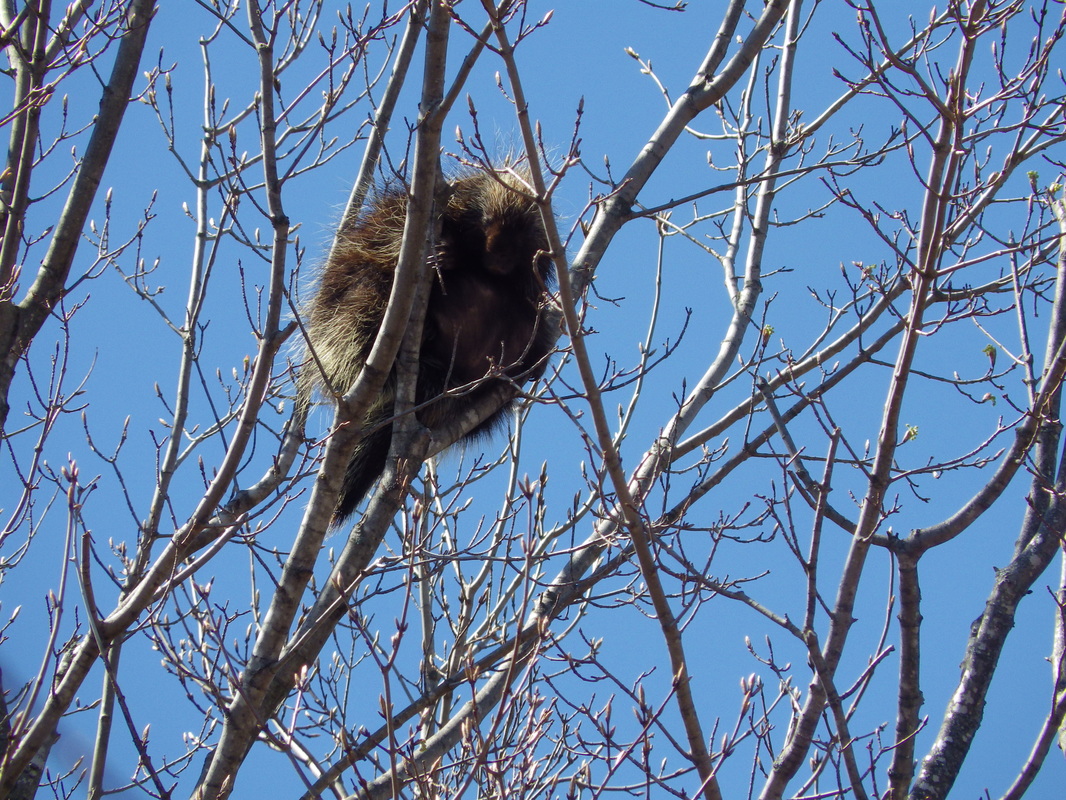
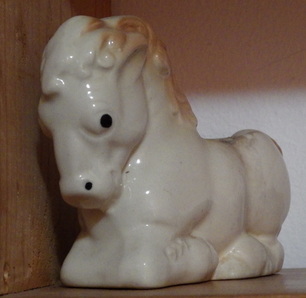
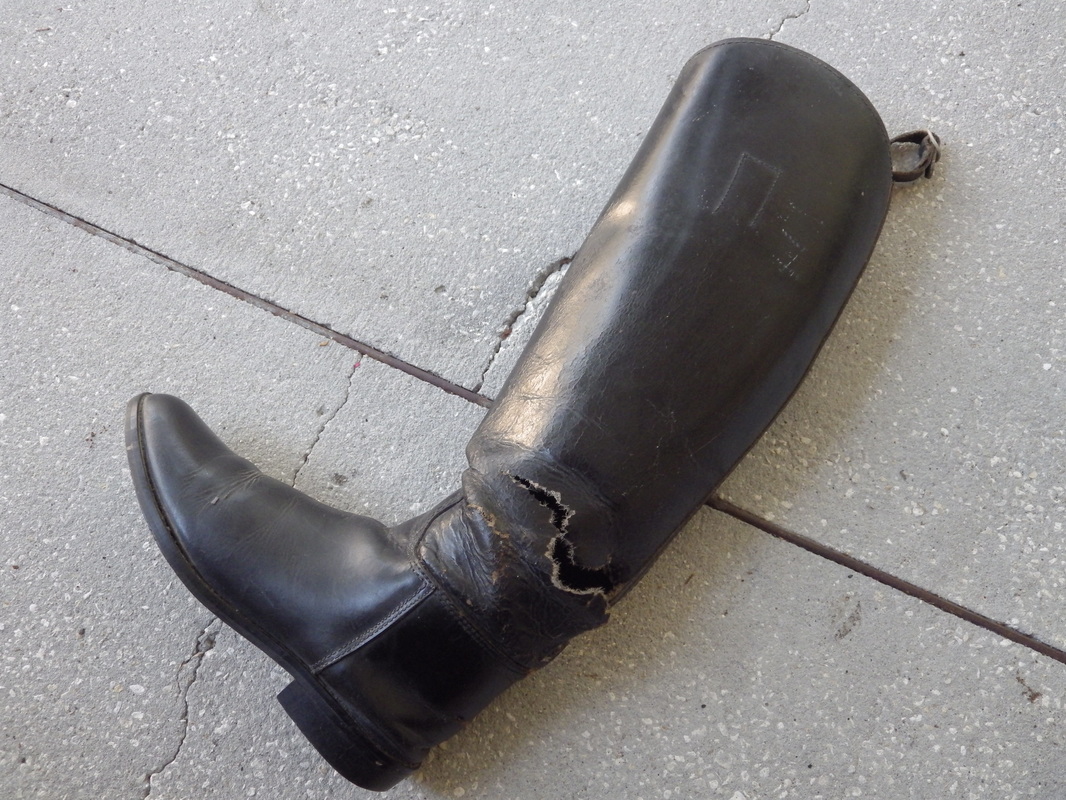
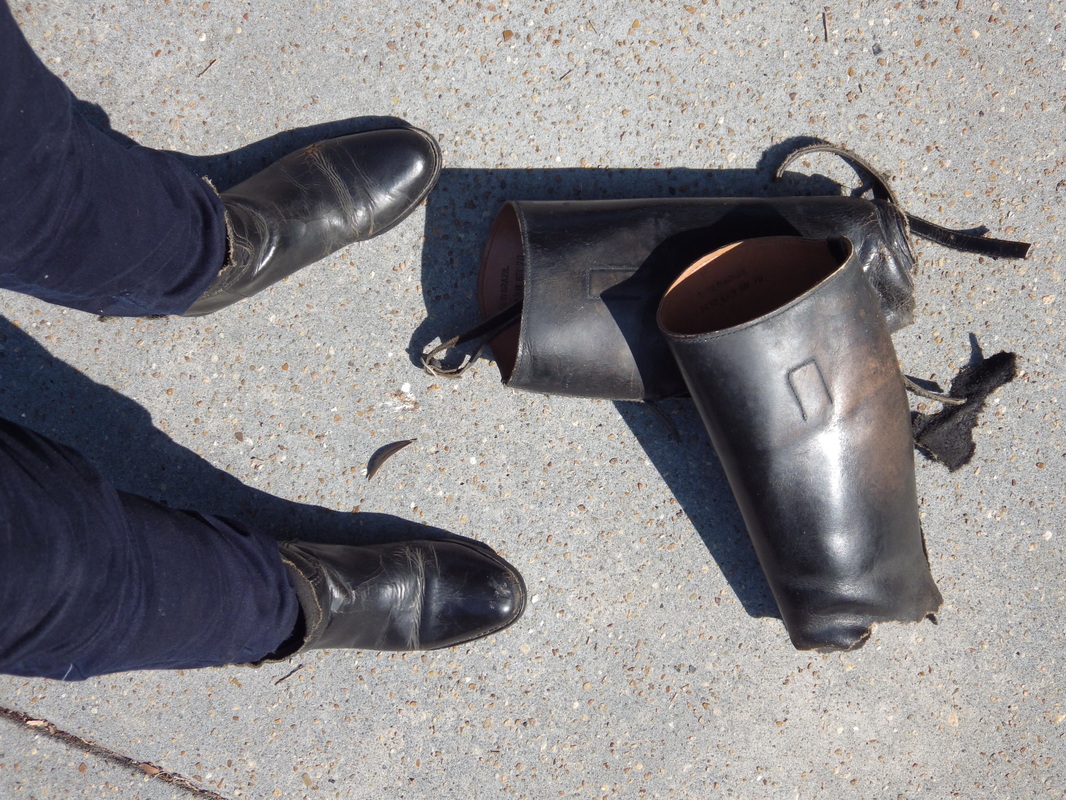
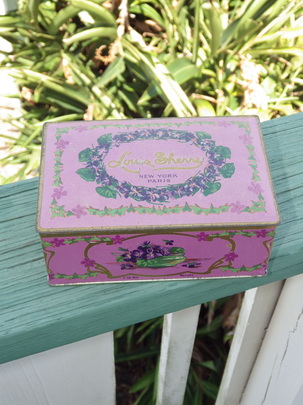

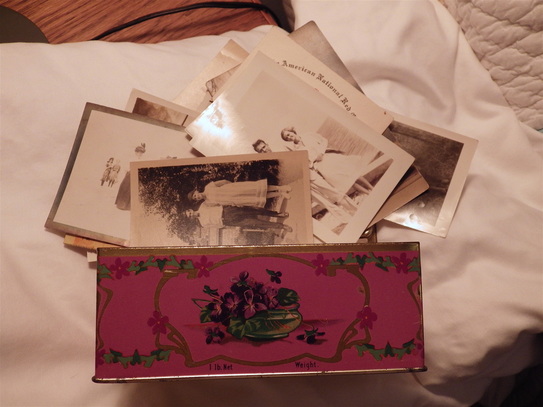
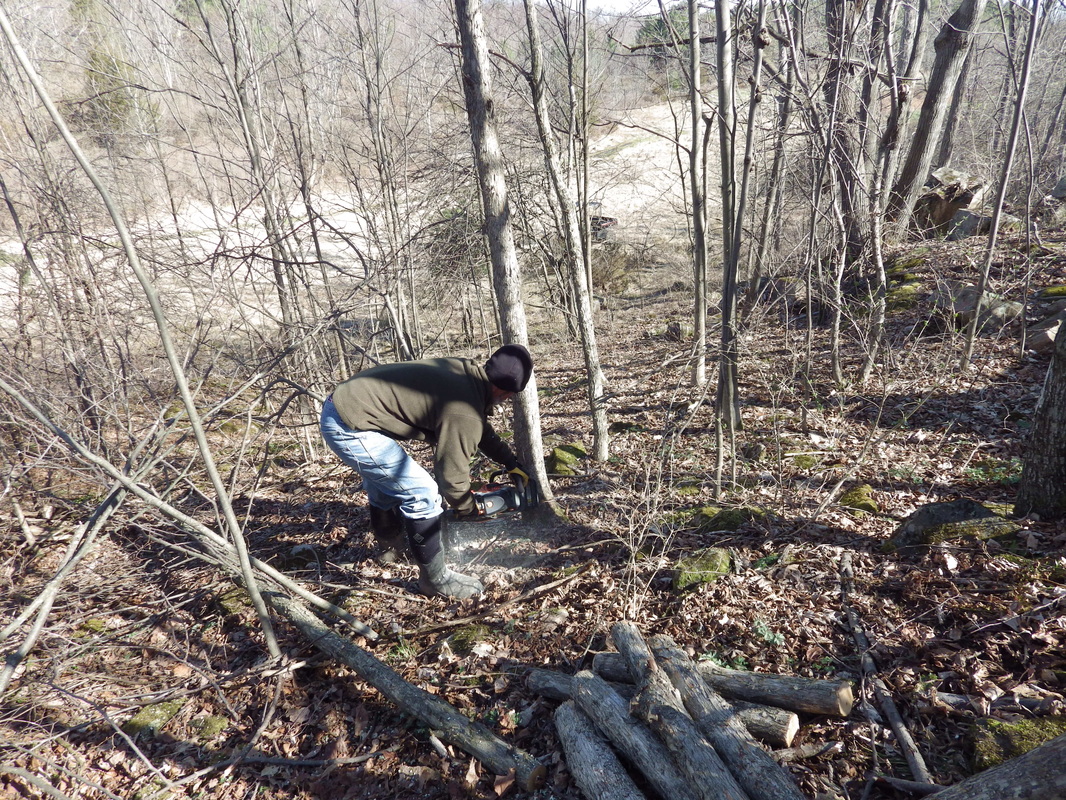
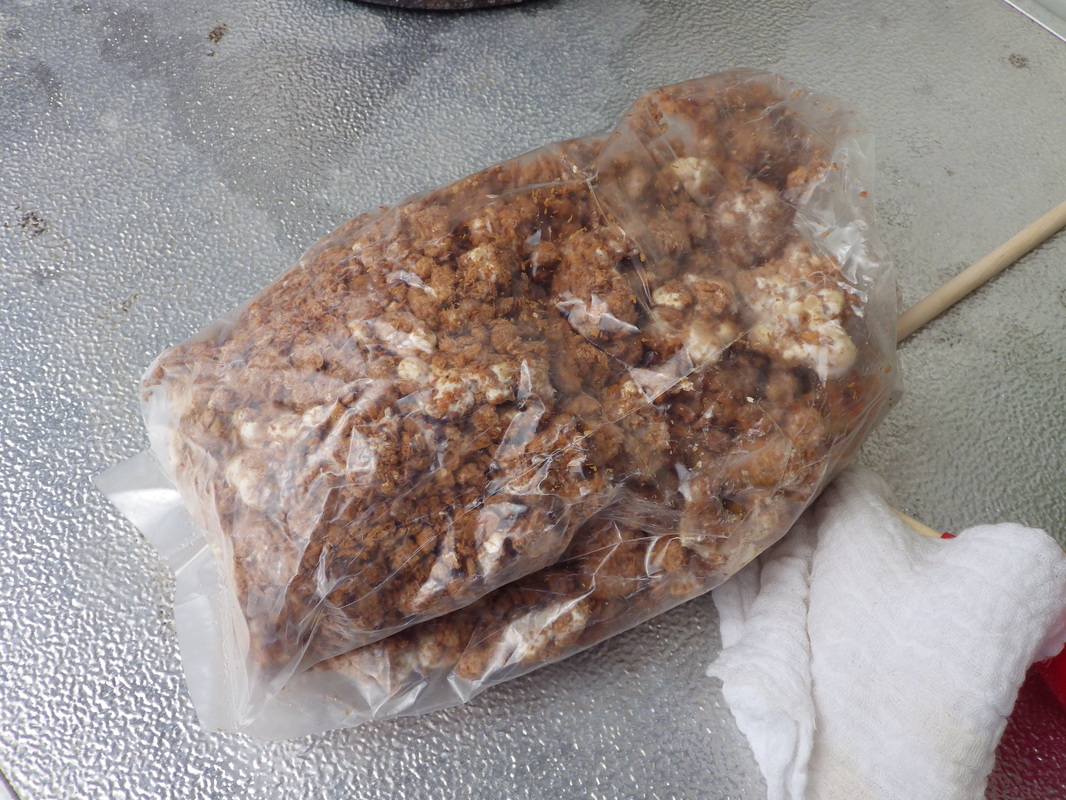
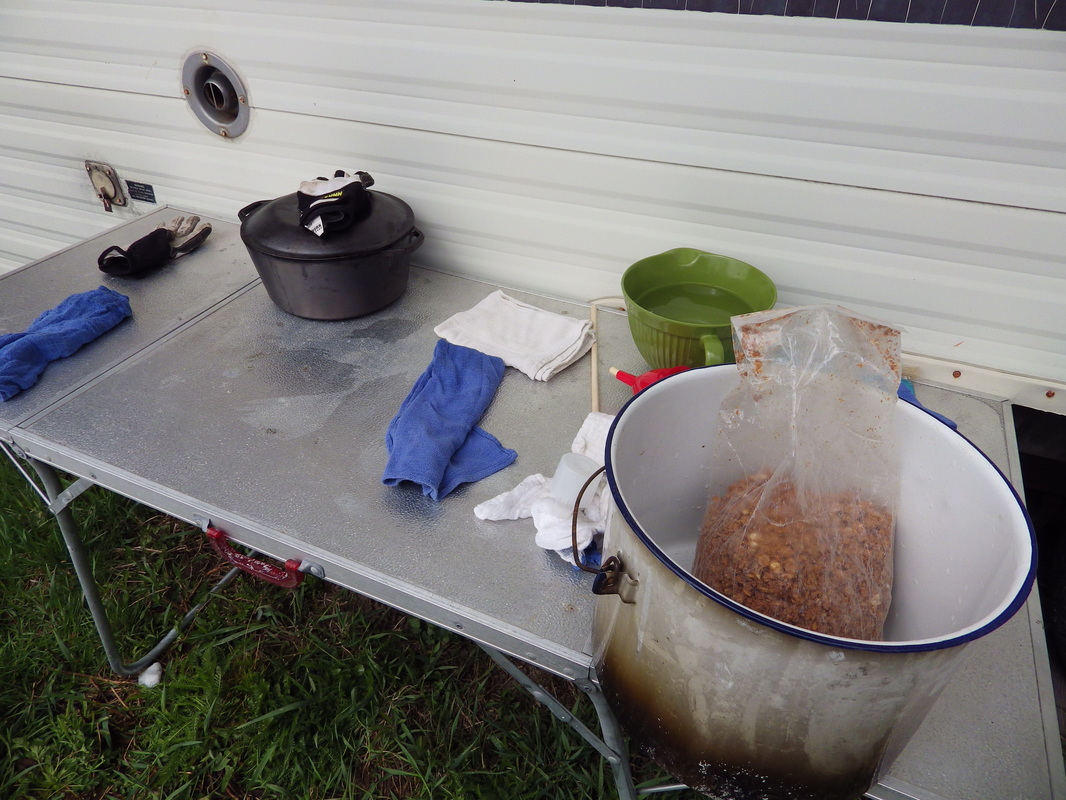
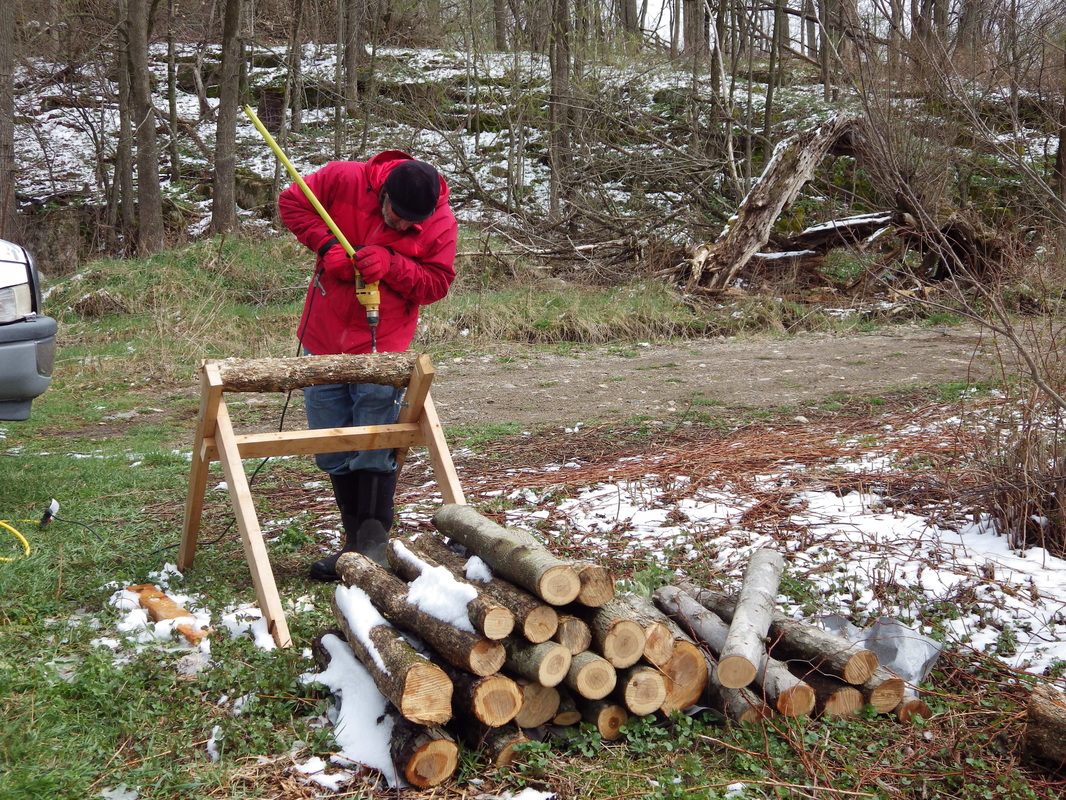
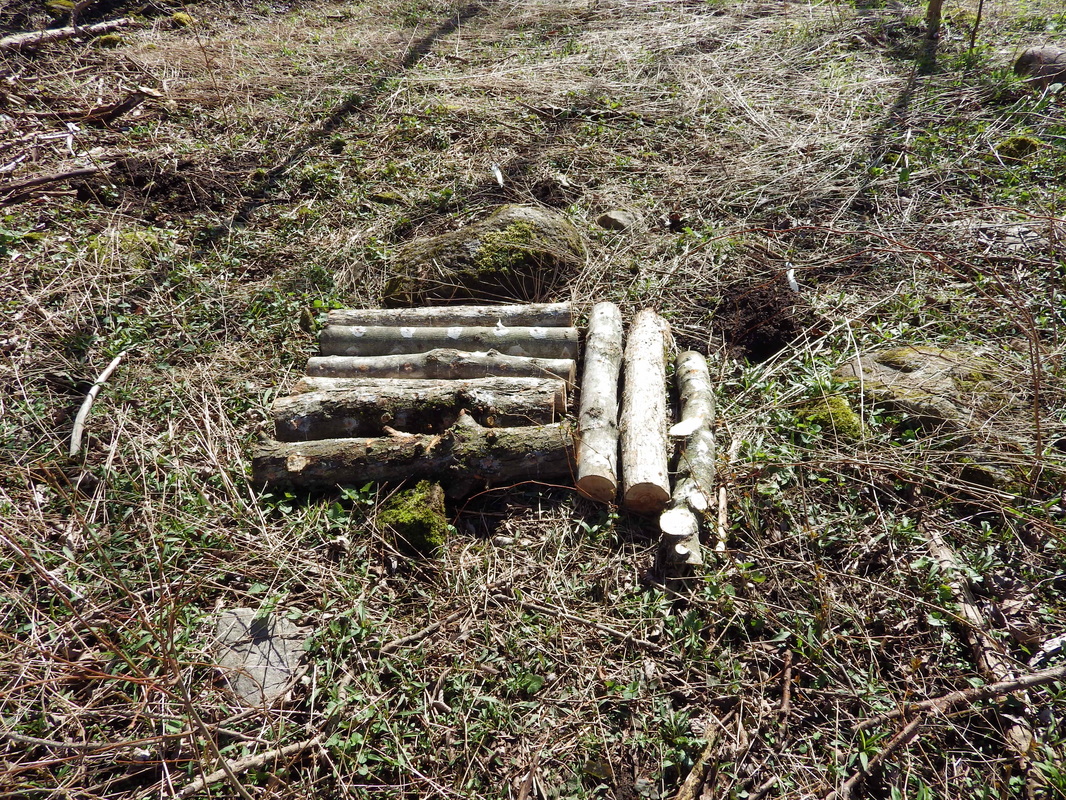
 RSS Feed
RSS Feed
